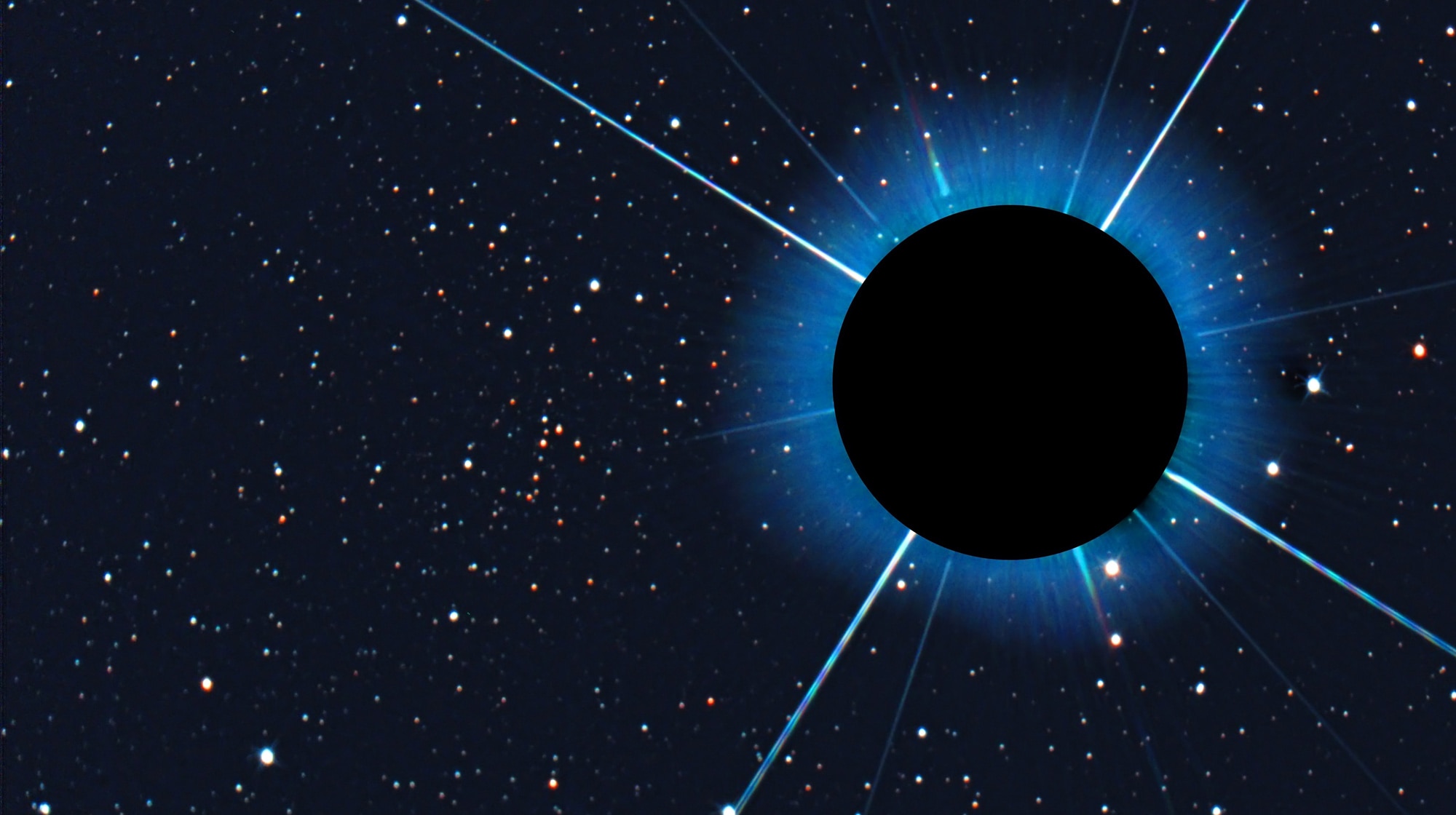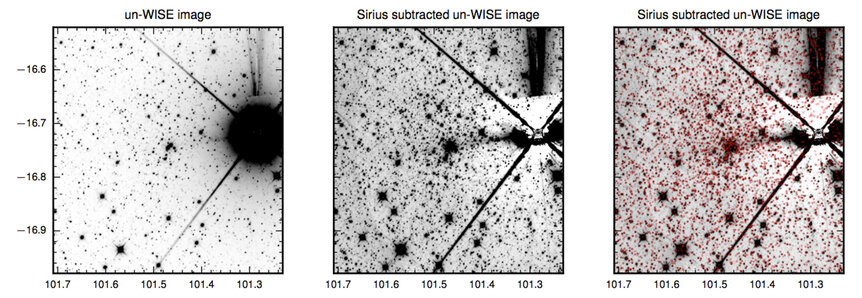Create a free profile to get unlimited access to exclusive videos, sweepstakes, and more!
Hiding a star cluster is Sirius business

It's funny what can be sitting right in front of you that you can miss. It's also funny (in a "funny cool" way) what amateur astronomers can do once they (literally) set their sights on something.
Let's get to the first point first. The second point will make more sense after.
In 2017, a team of astronomers announced they had discovered a previously unknown cluster of stars. It's called Gaia 1, and it's located about 15,000 light-years away.
There are a couple of odd things about it. Clusters of stars usually come in two flavors. Open clusters tend to have a few hundred to a few thousand stars, are relatively young, and are small, a few light-years across. Globular clusters are bigger, older, and can have hundreds of thousands or even a million stars in them.
Gaia 1 seems to straddle this line. It's about 30 light-years across, making it big, and probably contains enough stars to add up to about 22,000 times the Sun's mass. Stars can have more or less mass than the Sun, but lower-mass stars are more common; that means the cluster probably has more than 22,000 stars in it.
That's a lot for an open cluster, and starts to edge into globular cluster territory. It's also old; judging from the kinds of stars in it (massive stars live fast and die young, so by looking at the most massive stars in a cluster you can estimate its age), it's about 6 billion years old. That's pretty dang old for an open cluster … but globulars tend to be older still. So Gaia 1 is something of a mystery; it's hard to say just what it is.
Worse, this cluster is difficult to study. That too is funny: At its distance, size, and brightness, it should be a pretty obvious object, a staple for both professional and amateur astronomers to observe. So why is it so hard to see, and why was it only discovered just last year?
Because it sits right next to the brightest star in the night sky. This cluster, from our point of view, has the misfortune of being almost entirely drowned out by Sirius! The cluster is so close to the bright star — about 10 arcminutes, or a third the diameter of the Moon on the sky, that the glare from the "Dog Star" swamps it, making it hard to see (I'll note that this is a coincidence; Sirius is about 9 light-years away, so Gaia 1 is far, far in the background, and just happens to lie along the same line of sight).
The cluster was discovered using Gaia, a European Space Agency mission that is cataloguing the distances, positions, and brightnesses of a billion stars in our Milky Way, so that astronomers can better understand the dynamics of our galaxy (that is, how the stars in it move). In this case, astronomers literally counted stars, binning up their positions in the Gaia data and looking for places where there are more stars than you'd expect to see. They did this looking for faint companion satellite galaxies, but instead found Gaia 1 (as well as a second one they called — can you guess? — Gaia 2).
Once you know it's there, it's kinda obvious. We just didn't know it was there! I have to chuckle; Sirius is one of the most photographed and studied stars in the sky, and Gaia 1 was just loitering next to it this whole time. Still, everyone missed it.
But once you do see it …
Amateur astronomer Harald Kaiser has a 30-centimeter telescope he uses to watch the sky. He happened to attend a public lecture about the Gaia mission, and heard them talking about Gaia 1. Determined, he set out to get images of it himself.
Here's the thing: He did! It would be pretty difficult to do this using his equipment, but he employed a trick that made it a lot easier: He used a mask (in this case, a piece of paper he cut into a circle) on his camera, and aimed his telescope so that Sirius fell on that mask. The mask then blocked the light from the star, reducing its glare, and increasing the contrast of the faint stars around it.
Here's what he got:
Whoa. I marked the location of the cluster with an arrow, and you can compare it to the images above from WISE. The smattering of stars in an upside-down V shape is easy to spot, and quite a few of the stars are identifiable in both images. Kaiser caught it perfectly, and I just bet we'll be seeing more astronomers attempting the capture it as well in the coming months. I expect it'll be a challenge — but if you want to try, ESA has some helpful tips.
I thought about all this just last night (as I write this); I was walking out in my yard and Orion was high in the south, Sirius shining intensely below it and to the side. How many times have I looked at this spot in the sky with my eye, with binoculars, with my telescope? Thousands, certainly. And yet, right there, in that very location, is an object that we could've seen long ago if we'd just noticed.
What else is out there, hidden in plain sight, lost in the glare of something closer, something brighter, something dazzling that is nevertheless in this instance just a distraction?















